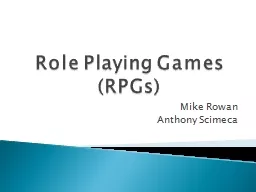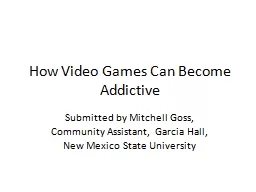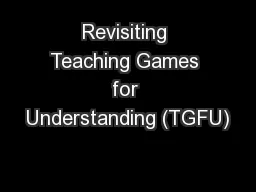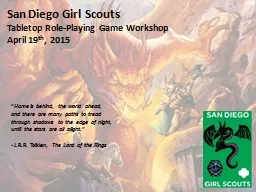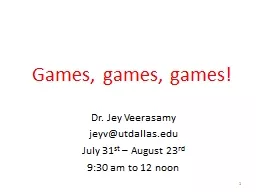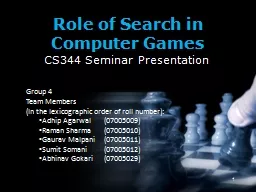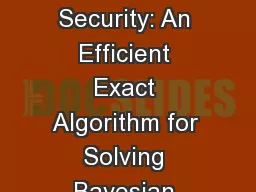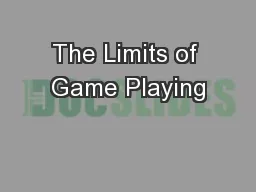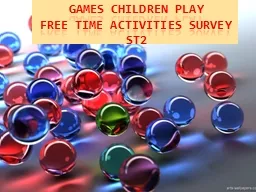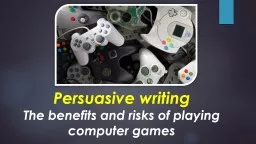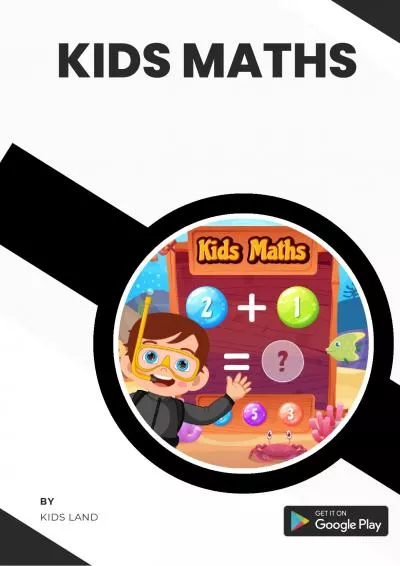PPT-Role Playing Games (RPGs)
Author : test | Published Date : 2016-06-26
Mike Rowan Anthony Scimeca History Tactics MMORPG Large Scale AI Reputation System SideQuests Overview Games which are typically set in a fantasy environment Magic
Presentation Embed Code
Download Presentation
Download Presentation The PPT/PDF document "Role Playing Games (RPGs)" is the property of its rightful owner. Permission is granted to download and print the materials on this website for personal, non-commercial use only, and to display it on your personal computer provided you do not modify the materials and that you retain all copyright notices contained in the materials. By downloading content from our website, you accept the terms of this agreement.
Role Playing Games (RPGs): Transcript
Download Rules Of Document
"Role Playing Games (RPGs)"The content belongs to its owner. You may download and print it for personal use, without modification, and keep all copyright notices. By downloading, you agree to these terms.
Related Documents

